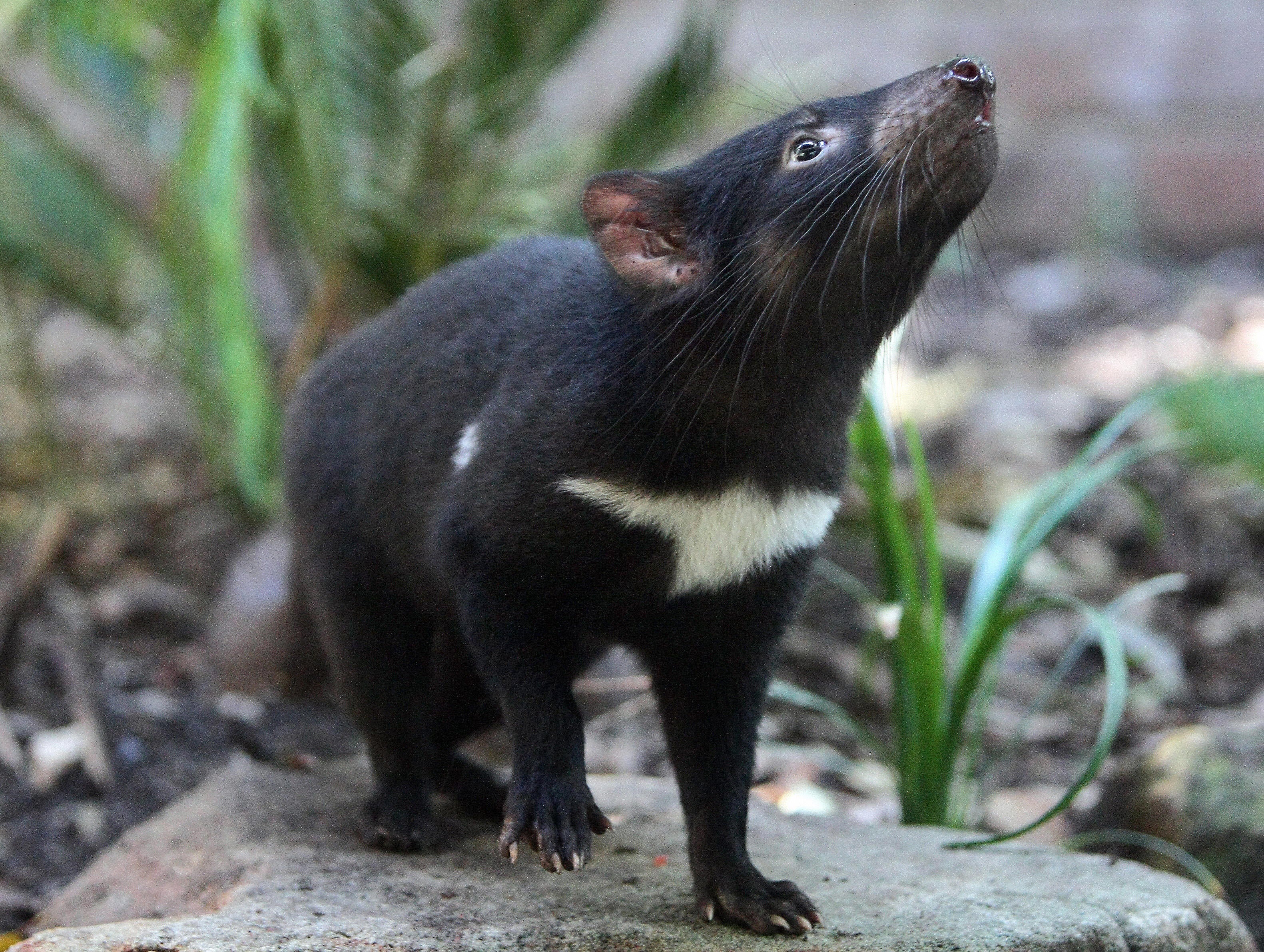Tasmanian devils reintroduced to Australian mainland after 3,000 years
Twenty-six marsupials released into 400-hectare wild sanctuary which is ‘perfect breeding material for devils’

Tasmanian devils have been reintroduced to the Australian mainland after a gap of 3,000 years.
Conservationists released dozens of the beleaguered marsupials into a 400-hectare wild sanctuary north of Sydney.
Experts at Aussie Ark, an organisation set up a decade ago to save the Tasmanian devil from extinction, said they had successfully carried out the first of three planned reintroductions which involved the release of 26 devils in July and September into the Barrington Tops national park.
The area is described as the “perfect breeding environment for devils” with vegetation that is similar to Tasmania and cool, wet and snowy conditions.
Their ambitious re-wilding plan is described as a “historic” first step in protecting an animal which researchers have warned is at serious risk of extinction from a highly contagious facial tumour disease.
Over the next two years, an additional 40 healthy devils will be released into the wild in two stages.
Each of the animals will be monitored through regular surveys, radio collars fitted with transmitters and camera traps, giving the researchers information on how the devils are faring, where they are claiming territory and whether they are reproducing.
“This first historic release is only step one in our mission to rewild Australia and bring balance to the bush,” the organisation said.
“If all goes as planned, the animals will breed and produce joeys, eventually resulting in a self-sustaining wild population.”
Wildlife of the world
Show all 19The reintroduction of devils is positive not only for their species but for the health of Australia’s wildlife populations more generally.
As an alpha predator - one which sits at the top of the food chain - and the world’s largest carnivorous marsupial, researchers hope the devils will play a key role in helping to control feral cats and foxes that threaten other endangered species.
Aussie Ark president, Tim Faulkner, said: “In 100 years, we are going to be looking back at this day as the day that set in motion the ecological restoration of an entire country.”
Tasmanian devils vanished entirely from mainland Australia due to competition by introduced dingoes, wild dogs which hunt in packs, and only survived in Tasmania because dingoes didn’t reach the island.
They also suffered from a painful and fatal disease called Devil Facial Tumour Disease - the only known contagious cancer - which saw the wild devil populations plummet by up to 90 per cent. Aussie Ark said just 25,000 wild devils remain in Tasmania today.
Last month, crest-tailed mulgaras, a smaller marsupial which is related to the Tasmanian devil, were reintroduced to western New South Wales after more than a century.
A project by the University of New South Wales and the state’s government saw 19 of the mouse-sized mammals released into a 2000-hectare site within the Sturt National Park.
Mulgaras have also struggled after being outcompeted for prey by packs of dingoes.
Subscribe to Independent Premium to bookmark this article
Want to bookmark your favourite articles and stories to read or reference later? Start your Independent Premium subscription today.

Join our commenting forum
Join thought-provoking conversations, follow other Independent readers and see their replies